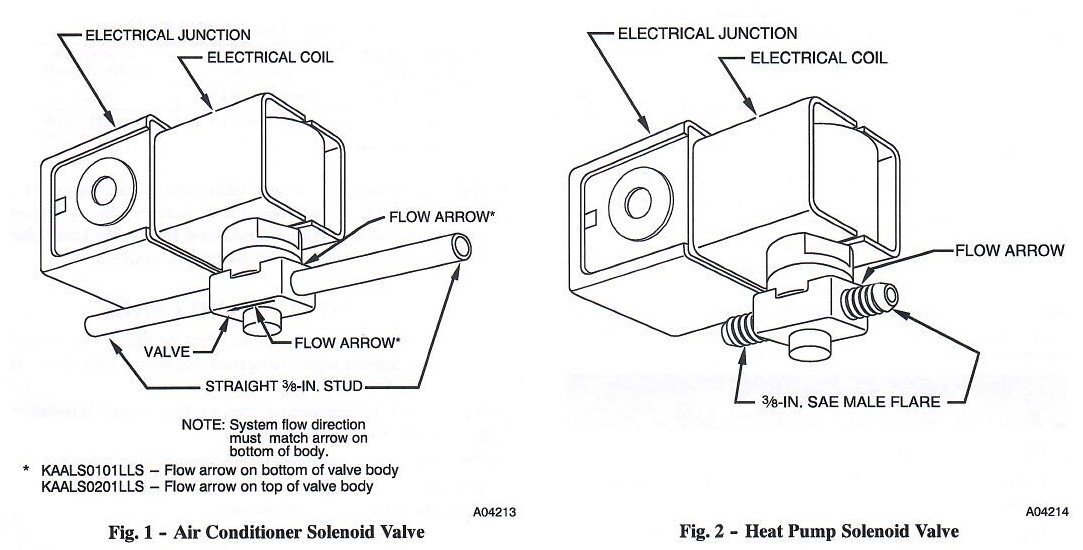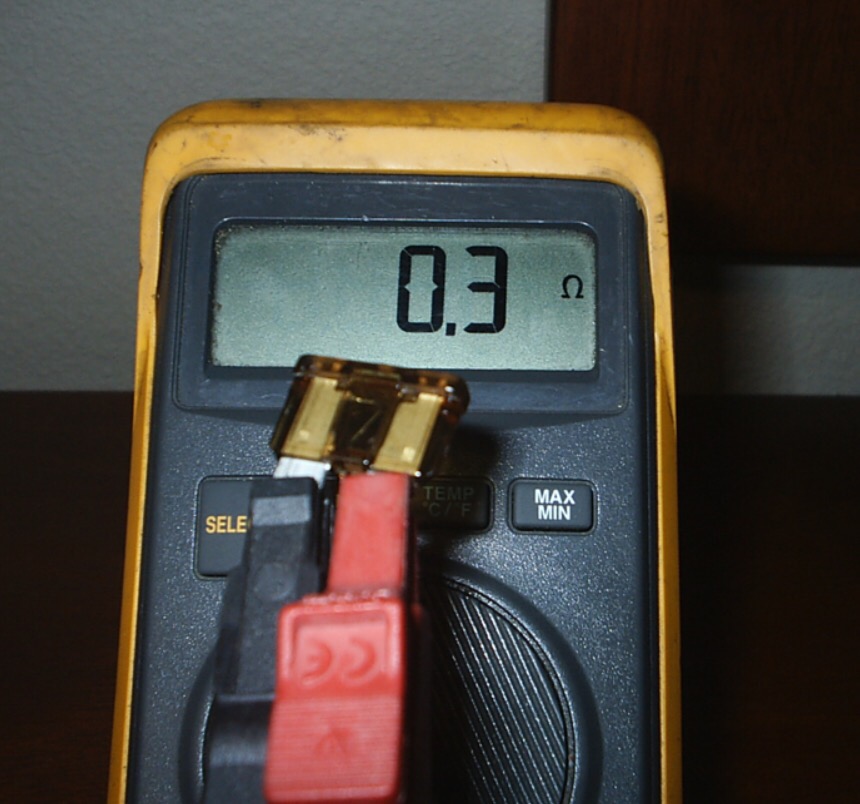Get Tech Tips
Subscribe to free tech tips.
Pool Heat Pumps, The Basics

Note: My brother Nathan wrote this a few years back, and I only did some minor editing.
A pool heat pump is essentially a water-cooled air conditioner in reverse. It usually has a large air evaporator on the outside that looks like a condenser coil and a heat exchanger (usually tube-in-tube) on the inside.
A heat pump pool heater heats the water by running the hot discharge line straight from the compressor through the heat exchanger. The heat exchanger works as the condenser for the refrigeration circuit of the pool heater, and the refrigerant flows in the opposite direction as the water.
Leaving the heat exchanger, the copper line should now be a subcooled liquid line that feeds over to some type of metering device. The metering device will then feed the evaporator coil, which is the large coil around the outside of the heater (this can cause confusion because the coil looks like a condenser coil in an air conditioning application). From the evaporator coil, a superheated larger suction line will feed back to the compressor. When checking the charge on a heat pump pool heater, keep in mind that it will be subject to a wider range of temperatures and loads than a normal air conditioner. Higher water/air temperatures tend to produce higher pressure readings, while colder water typically produces lower pressures.
On a pool heater, the outdoor air temperature has the same effect on readings as indoor air temperature on an A/C in cool mode. Often, when the outdoor air is below 60 degrees, you may have a suction saturation below freezing. If the pool is ice-cold, that will further lower your readings.
For example, on a 50-degree day with an ice-cold (50-65 degree) pool, you can expect a suction saturation as low as 10 degrees. You can still check the superheat and, if possible, subcool. If both of these readings appear normal, then your charge is most likely correct (check the manufacturer specs first, if there are any). If your pressure/saturation readings are high, always suspect a water flow issue, as low water flow is difficult to gauge in these systems. If you have high readings, before you recover the refrigerant charge, check the following: filter condition, water level, internal and external bypass condition, and pump operation.
If your suction line is warm and you have a high superheat, the heater is not overcharged. The electrical circuit and components on a heat pump will vary in style. However, the function of the components remains constant. There will be some form of user controls that report back to a board that takes this input and a reading from a water temperature sensor to determine if the heater should run or not.
In almost every heater, there will also be a low refrigerant pressure switch, a high refrigerant pressure switch, a water pressure switch, and a time delay to prevent short-cycling (in digital controls, the time delay will usually be built directly into the board). Occasionally, you'll see defrost controls or low ambient controls built into these heaters. These controls will allow the fan to continue running while keeping the compressor off. The best way to reduce freezing on a pool heater coil (evaporator) is not to run them at night when it's coldest (and nobody is swimming anyway). Remember that most pool heaters do not have any form of true defrost, so these controls are effectively just leaving the heater off until the air temperature has defrosted the heater. Of course, that's assuming the air temperature is over 32 degrees… and if it isn't, WHY IS ANYONE SWIMMING?!
—Bryan
P.S. – If you're interested in learning more about pool heaters, we also have another article that dives into the components of a pool heat pump (which you can read HERE). We also have some more pool heater resources on special topics:
- Article about pool heater water flow issues; you can read it HERE.
- Video about replacing pool heater compressors; you can watch it HERE.










Comments
To leave a comment, you need to log in.
Log In